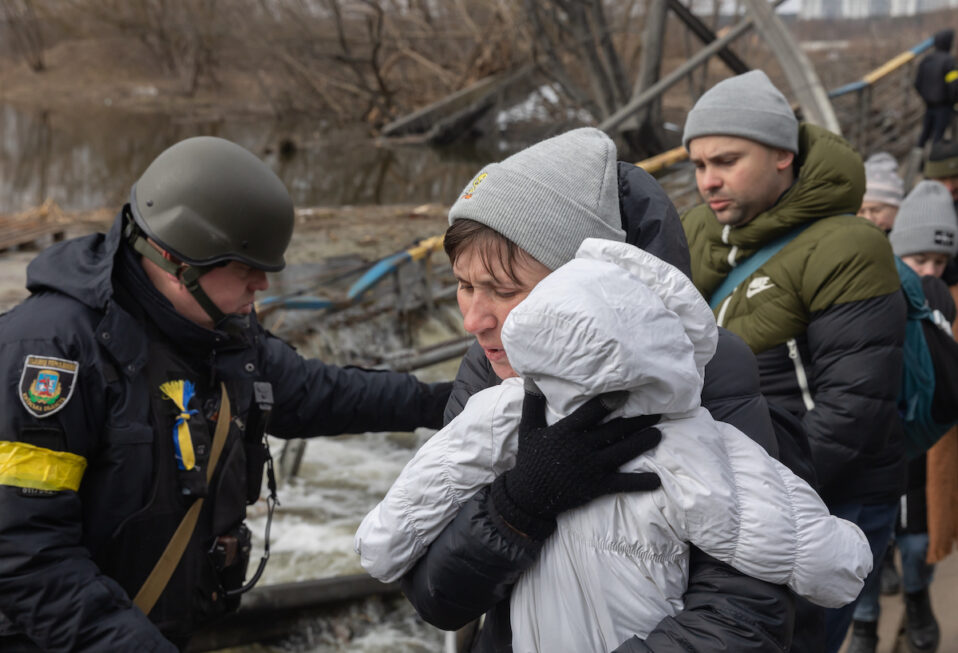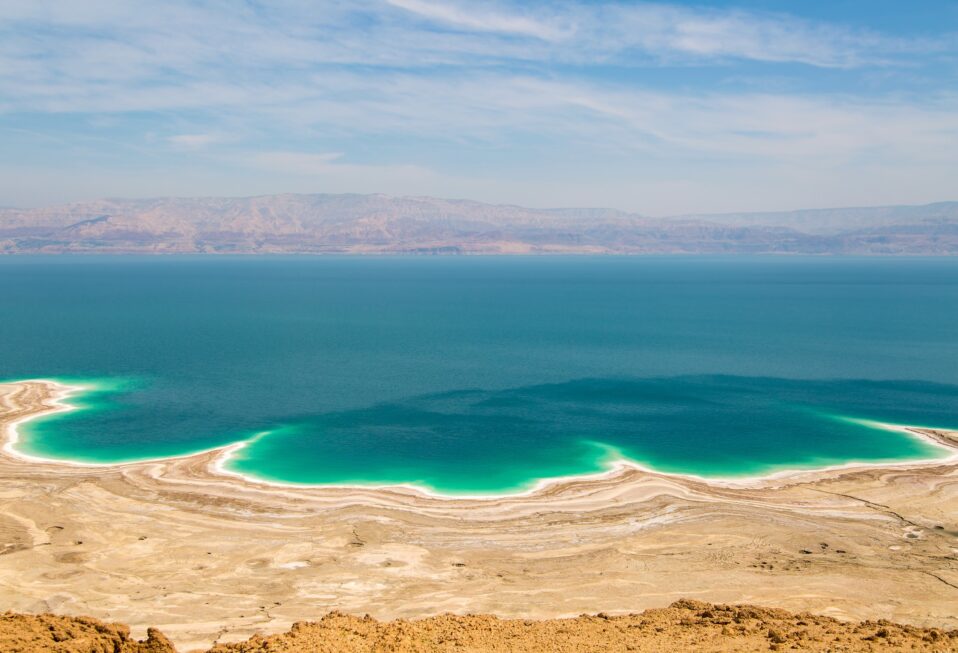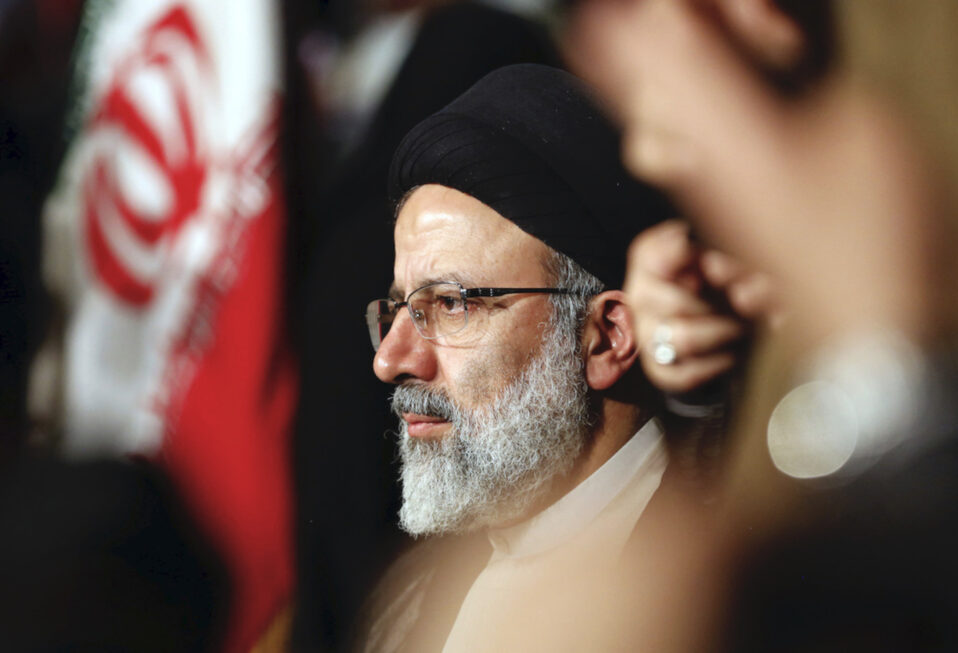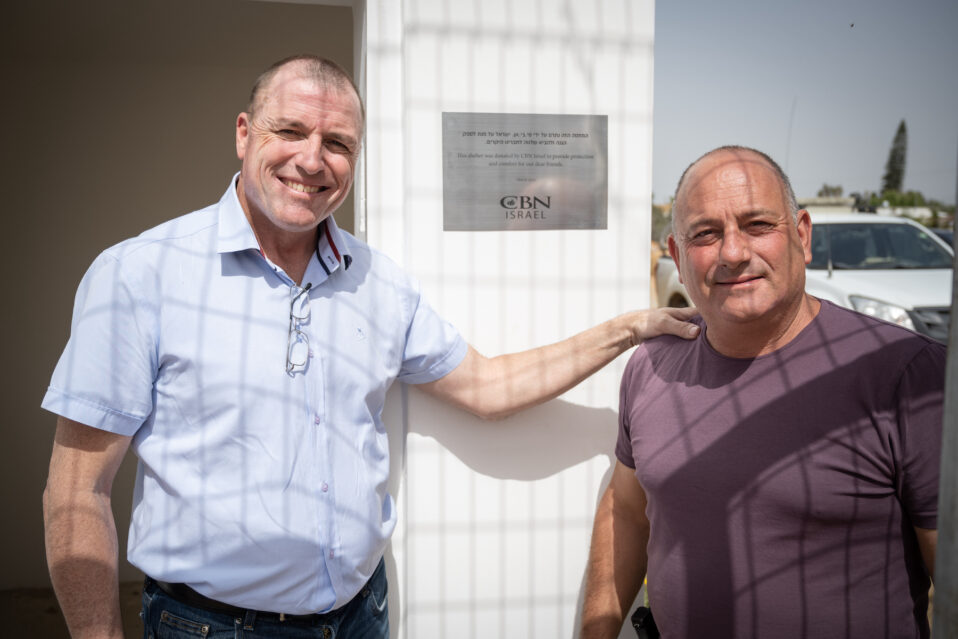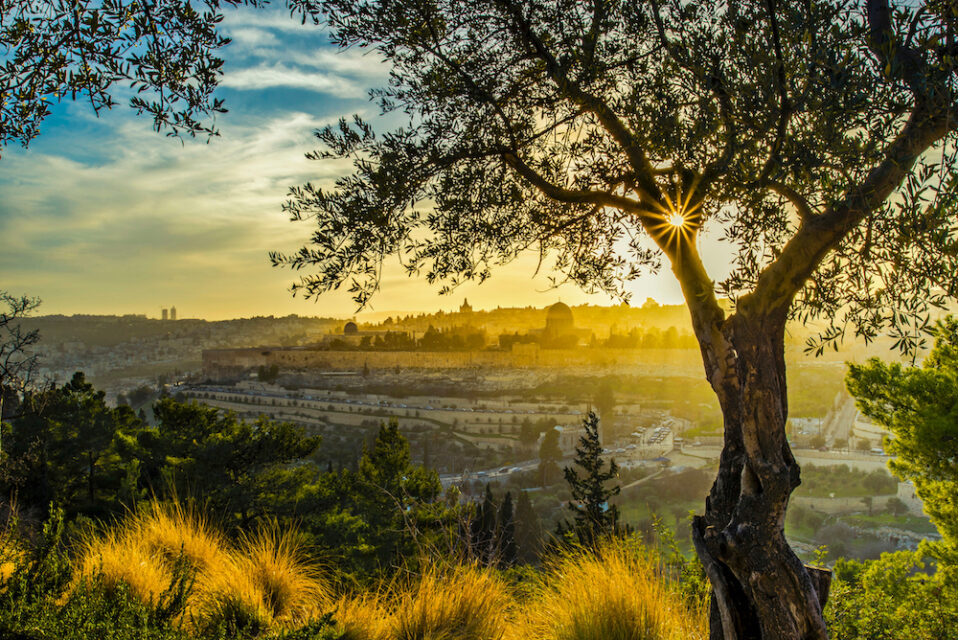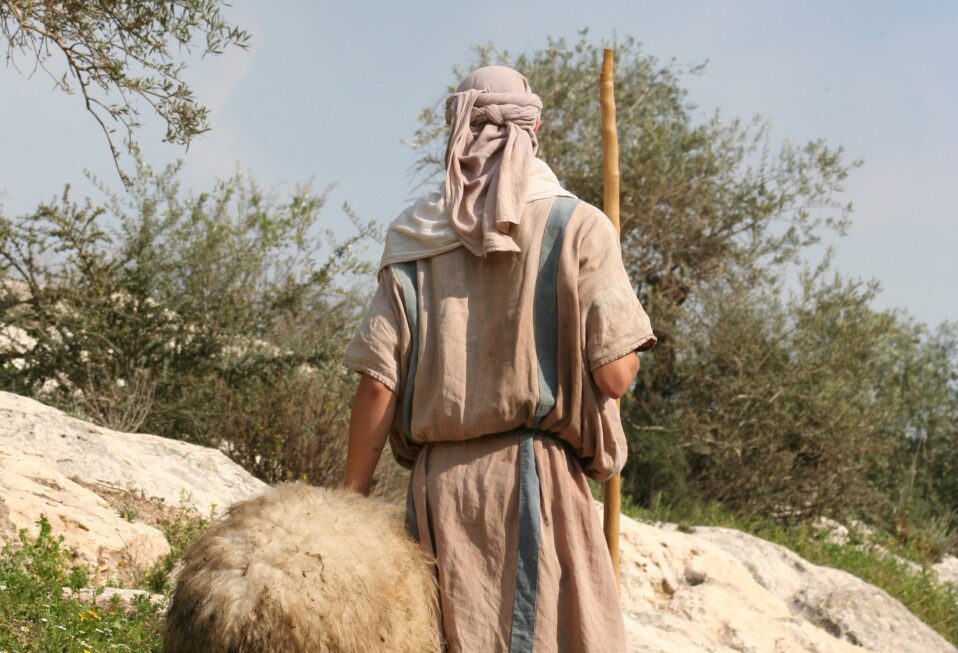By Arlene Bridges Samuels
To Iranians, Sunday March 20 marked not only Iran’s Persian new year—the year 1401, according to their solar calendar—but also a new century. Iranians worldwide celebrate their beloved new year holiday, called Nowruz—“new day”—on the first day of spring. The overall themes of Nowruz mark the triumph of hope over despair, the end of darkness (winter), and the arrival of light (spring). Regrettably, under the authoritarian leadership of imams and Iranian President Ebrahim Raisi, the arrival of light is still on a long sabbatical.
After the Iranian Revolution, the current Islamic Republic was established in 1979 by Ruhollah Khomeini, who became the country’s first Supreme Leader. The Government of Iran is an Islamic theocracy which includes elements of a presidential democracy, with the ultimate authority vested in an autocratic “Supreme Leader,” a position held by Ali Khamenei since Khomeini’s death in 1989. It is no surprise that these hardline theocratic leaders also wanted to reduce the popular Nowruz celebrations in the world’s first Islamic state. The Iranian people, however, were furious—and the celebrations remained. However, their society has dramatically changed in the last 43 years.
Speeches this week from Ayatollah Ali Khamenei and President Raisi reflect aligned ideas. Raisi boasted about the past solar century as being the century of the Islamic Revolution, saying the nation would “remain brilliant in history.” He went on to point out, “God willing, the next century will be the century of the emergence and exaltation of the Iranian-Islamic civilization that emerged from the glorious Islamic Revolution.” Underlying that message is another, unspoken one: that the Iranian-Islamic civilization of the next century will include nuclear weapons.
Yet not all Iranians support their government. In fact, opposing demonstrations in city streets during this year’s Nowruz showed a rift in the oppressive regime. Some shouted “Death to America”—the Great Satan—with pride in the newest missile they hope to launch next year. Another group, the National Council of the Resistance of Iran, chanted “Death to Khamenei” in the lead-up to the holiday.
Nowruz, with its rich history, is taking place in an economy with a stunning 40 percent inflation. A large sector of the Iranian population will sit down at holiday tables reflecting the skyrocketing prices that forced them to forgo or reduce traditional customs of sweets, new clothes, new furniture, and gifts for their children. One of their traditional dishes is fish and herbed rice. Today, it costs a family of four up to 4 million rials (Iranian currency)—about $95 in U.S. currency.
Friends and families will gather excitedly for the two-week holiday—especially after COVID-19 restrictions had kept them apart—yet some platters may have less of the items. The markets are full of delicious fruits and goods; however, merchants say that many people come to the market only to look because they cannot buy. Meanwhile, officials like President Raisi describe the market in glowing terms simply because the food stalls are full.
Despite the new year’s festival that heralds the arrival of spring and light, under the iron fist of imams and President Raisi, darkness is all too easy to find. Raisi has a shadowy past as a judge and is often called a butcher and executioner. He was sanctioned by the U.S. government for his role in the massacre of 5,000 political prisoners (1988) and the 2019 slaughter of 1,500 peaceful protestors. Last year, Khamenei refused to buy COVID-19 vaccines from the United States and United Kingdom—a decision estimated to have caused the unnecessary deaths of tens of thousands of citizens between June and September.
Iran, the world’s biggest state sponsor of terror, clearly does not prioritize the needs of its citizens. The quality of life would improve dramatically for Iranians at home if the regime decided to abandon its terror operations, its nuclear ambitions, and its hatred for Israel, the United States, Saudi Arabia, and the Gulf states. What they have spent to pay for terror is vast—more than $140 billion in the past 10 years, as reported by Global Security. These billions could surely ease the increasing hardships among Iranians.
Nobel laureate Andrei Sakharov, the Soviet nuclear physicist turned dissident and human rights activist, said it best: “A country which does not respect the rights of its own citizens will not respect the rights of its neighbors.” Iran is a prime example.
The Obama/Biden administration’s 2015 Iran deal released Iran’s frozen assets of around $100 billion. Yes, the assets were frozen, they belonged to Iran. The fact that Iranians are still living under substantial hardships is an indicator that the regime is more interested in a revived caliphate to rule the world via means of nuclear weapons than in helping its citizens.
Brigadier General Ran Kochav, spokesperson for the Israeli Defense Forces—wished Iranians a “Happy Nowruz” in Persian, adding: “I wish the Iranian people a new spring of hope and respect. Missiles and drones will not fix the country’s acute water crisis, just like enriched uranium will not be able to feed any hungry child in Iran.”
The Russians announced that talks on the 2022 Joint Comprehensive Plan of Action (JCPOA) will begin again in Vienna after the Nowruz holiday ends. Thus Russia, another purveyor of terror who recently began warring against Ukraine, now heads up the most dangerous deal in the world. The 2022 Iran deal is already much worse than its 2015 predecessor. President Biden is now considering removing the elite and deadly Islamic Revolutionary Guard Corps (IRGC) from the terrorist designation list.
Reacting to news about Biden’s possible decision, Prime Minister Naftali Bennett and Foreign Minister Yair Lapid expressed astonishment. They could hardly believe the U.S. would do such a thing, especially since the IRGC was “behind plans to assassinate senior American government officials.” They also pointed out that IRGC members “kill Jews because they are Jews, Christians because they are Christians, and Muslims because they refuse to surrender to them.” They know that the IRGC has ruined Lebanon, Syria, and oppresses the Iranian population. We simply cannot forget that Iran’s hatred extends to the United States.
In the Christian community, we can base our prayers on one of the significant themes of Nowruz and throughout our Bible: the triumph of light over darkness!
The light is dawning already for many in Iran. All Israel News wrote an excellent article last year about Iranian pastor Hormoz Shariat, called the “Billy Graham of Iran.” Reports about Dr. Shariat’s ministry indicate that his satellite is beaming the Gospel into Iran, where many are meeting the “Man in White” in their dreams. Shariat himself was a Shia Muslim who converted to the Christian faith. Jesus the Light of the world!
Daniel 2:21 is a reminder of God’s sovereignty: “And He changes the times and the seasons; He removes kings and raises up kings; He gives wisdom to the wise and knowledge to those who have understanding.”
Please join CBN Israel in prayer this week for Israel, Iran, and the Middle East:
- Pray that JCPOA talks will go in a better direction or cease altogether.
- Pray for Iran’s Christian community to grow in strength and faith.
- Pray for blessings on all ministries that are reaching out to Iranians.
- Pray for those imprisoned in Iran who are innocent.
- Pray for Israeli security to remain an effective deterrent against terror.
Arlene Bridges Samuels pioneered Christian outreach for the American Israel Public Affairs Committee (AIPAC). After she served nine years on AIPAC’s staff, International Christian Embassy Jerusalem USA engaged her as Outreach Director part-time for their project, American Christian Leaders for Israel. Arlene is an author at The Blogs-Times of Israel and has traveled to Israel since 1990. She co-edited The Auschwitz Album Revisited and is a volunteer on the board of Violins of Hope South Carolina. Arlene has attended Israel’s Government Press Office Christian Media Summit three times and hosts her devotionals, The Eclectic Evangelical, on her website at ArleneBridgesSamuels.com.



